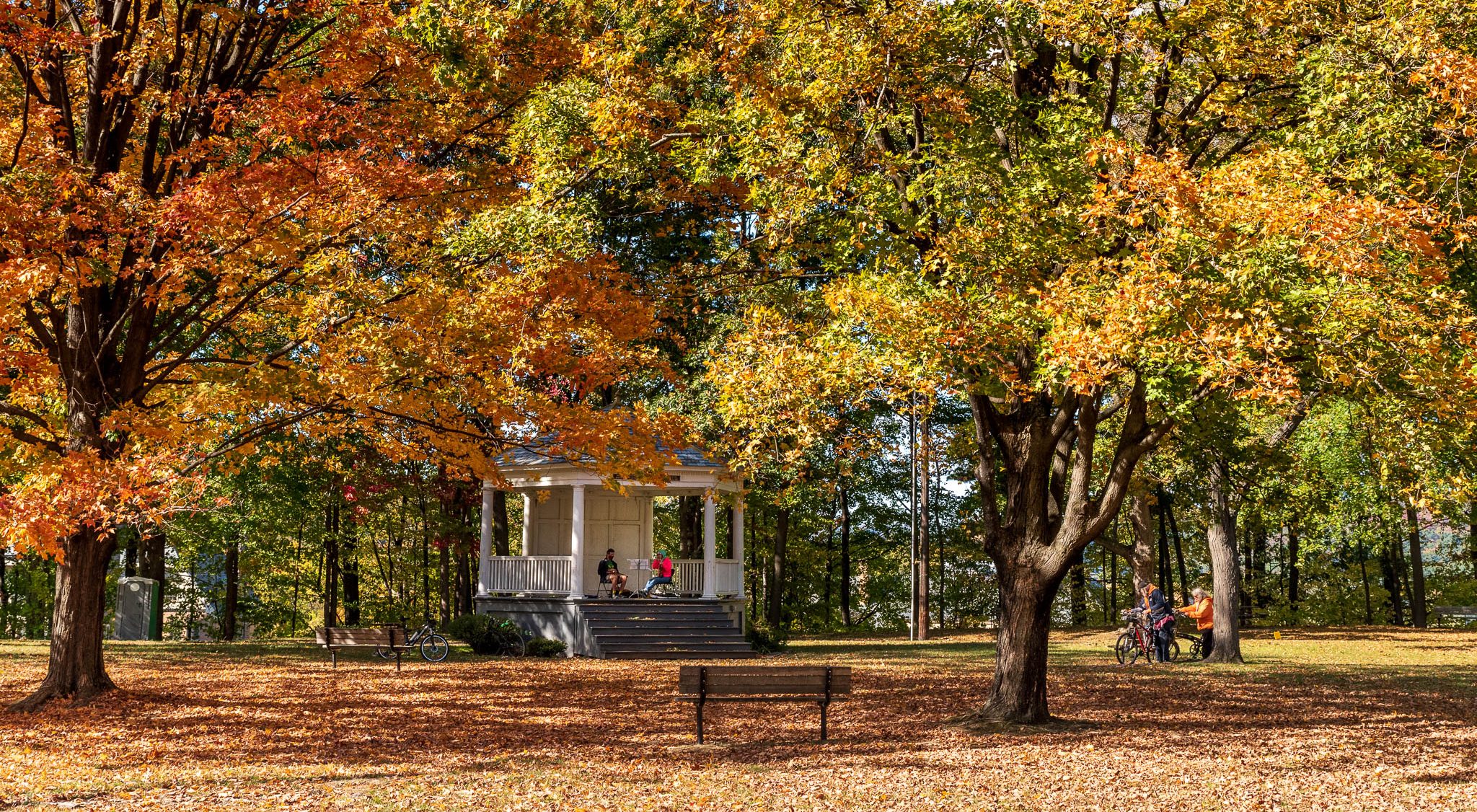There are many factors that shape how Vermont’s communities plan for the future and manage growth and change. As we face increasingly complex environmental, social and economic challenges, it is crucial now more than ever that our development is guided by decisions that will make communities more livable, connected and inclusive places that meet the needs of residents (and accommodate new ones).
Such decisions include where individuals and families choose to live, work, go to school, and shop; where businesses decide to locate; municipal decisions regarding how or whether to regulate land use and development; and the decisions of state and local government on how and where to invest public resources in infrastructure, government offices, schools and other institutions.
The Smart Growth Progress Report, recently published by the Vermont Natural Resources Council (VNRC) and AARP Vermont, evaluates the role that state spending plays in shaping how and where development occurs in Vermont to determine whether these decisions are leading to more vibrant, thriving communities through smart growth – development patterns that support Vermont’s historic village centers surrounded by farm and forests – or are furthering sprawl.
The spending decisions of state government are critical because, despite still retaining much of Vermont’s historic, compact settlement pattern, many policy decisions in recent decades have prioritized the efficient movement of automobiles over people and have favored the development of single family homes on large lots outside of traditional town centers. Such sprawling development has often had unintended consequences, negatively impacting our natural resources and working lands, exacerbating greenhouse gas emissions, and increasing strains on household costs, public health, and the ability of Vermonters – especially older Vermonters – to live independently.
Instead, state and local decision makers must respond to the needs of Vermonters by making investments in accessible transportation; diverse housing options; town and village infrastructure; and the preservation of farms, forests and natural resources. These are the types of expenditures that will allow us to respond to current needs and plan for the future.
The 2021 Smart Growth Progress Report looked at spending between 2013 and 2019. Findings show that while some state spending decisions have shown leadership on smart growth and resilience – such as rebuilding in Waterbury Village after Tropical Storm Irene – others leave significant room for improvement. Funding dedicated to sustainable transportation options, for example, has remained a small fraction of VTrans’ overall budget (in 2019, only 2% was spent on walking and biking, and 4.8% on public transit). A more significant decline occurred in funds dedicated to water and sewer systems. Between FY13-FY17 $85,874,861 was spent on this essential infrastructure – over $9 million less than the prior study period between FY02-FY06 (not accounting for inflation). Without adequate investments in water and sewer systems, our communities cannot sustain growth and are further burdened by exacerbated run-off and polluted waterways.
Overall, the percentage of spending on smart growth projects remained flat or decreased over the previous study period, with the exception of spending on state buildings. While the report recommends several key action steps, ensuring incoming federal funds (from COVID-19 relief, the infrastructure bill recently signed into law, and potentially the Build Back Better bill) do not enable or support sprawl development must be a critical focus for decision-makers in the near term.
Any new federal funds coming into Vermont will present enormous opportunities for policymakers by leveraging state and local dollars to transform infrastructure for walk, bike, and public transit, and upgrade antiquated wastewater systems that stymie compact development and pollute our waterways. These types of investments will not only provide communities with the ability to increase the supply and diversity of housing, services, and transportation options, but will also improve the overall livability, vitality and resilience of our downtowns and village centers.
This is a pivotal time in Vermont. The state is emerging from a public health crisis and facing global challenges that are bringing demographic change, unprecedented public investment, and economic shifts. We are being presented with a once-in-a-lifetime opportunity to invest federal funds in long-needed community infrastructure that will better serve all Vermonters – now and into the future. How we respond to current challenges and opportunities through policy and spending decisions will be critical to providing livable, vibrant communities in the coming years.
The 2021 Smart Growth Progress Report can be found online at https://vnrc.org/smart-growth/; to request a paper copy, please contact Alex Connizzo at aconnizzo@vnrc.org.
This commentary is by Kati Gallagher, Vermont Natural Resources Council and Kelly Stoddard Poor, AARP Vermont




